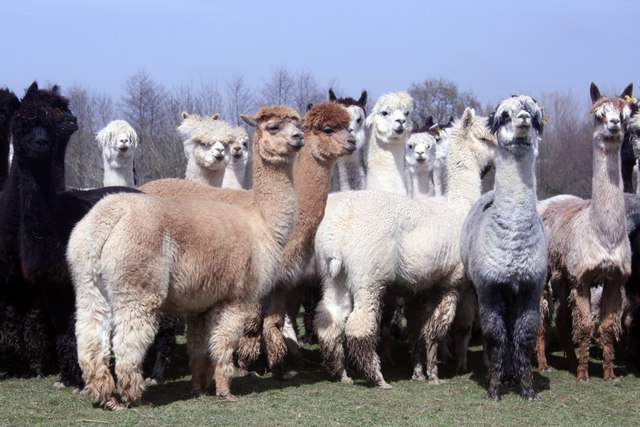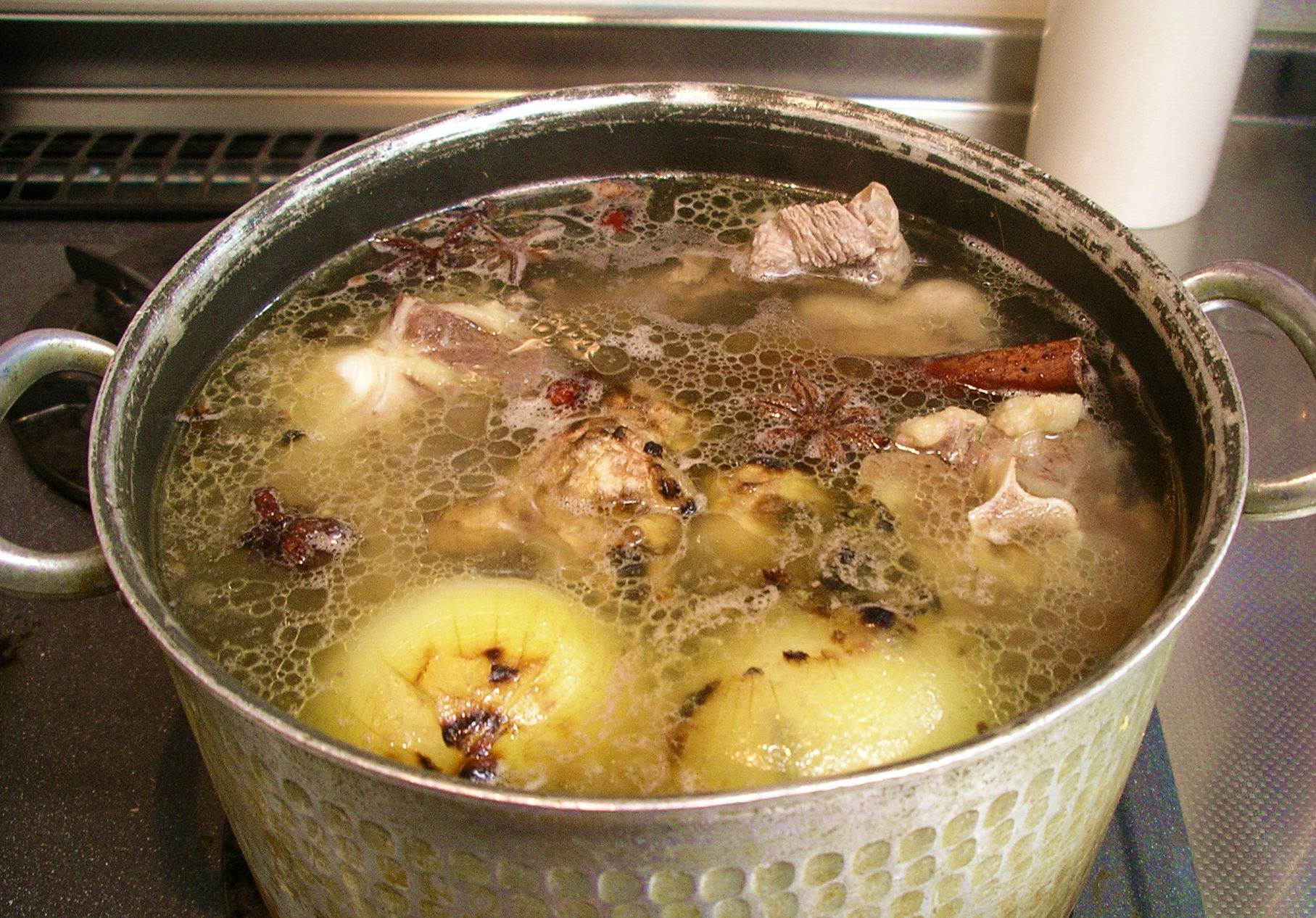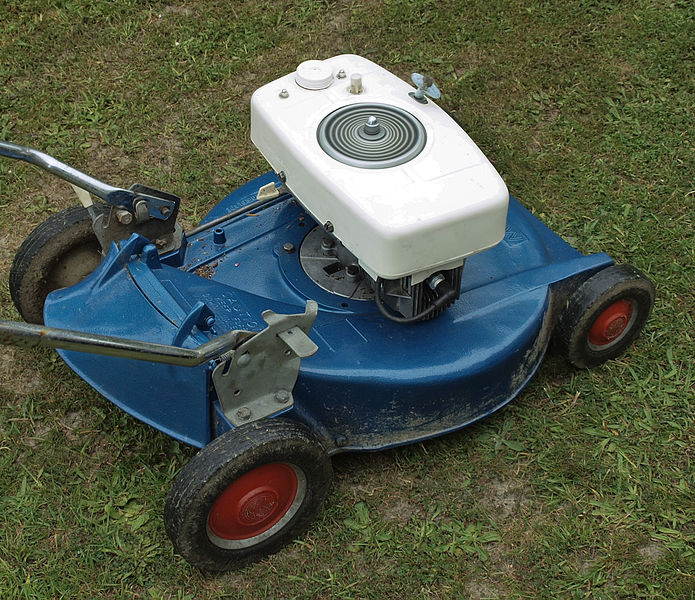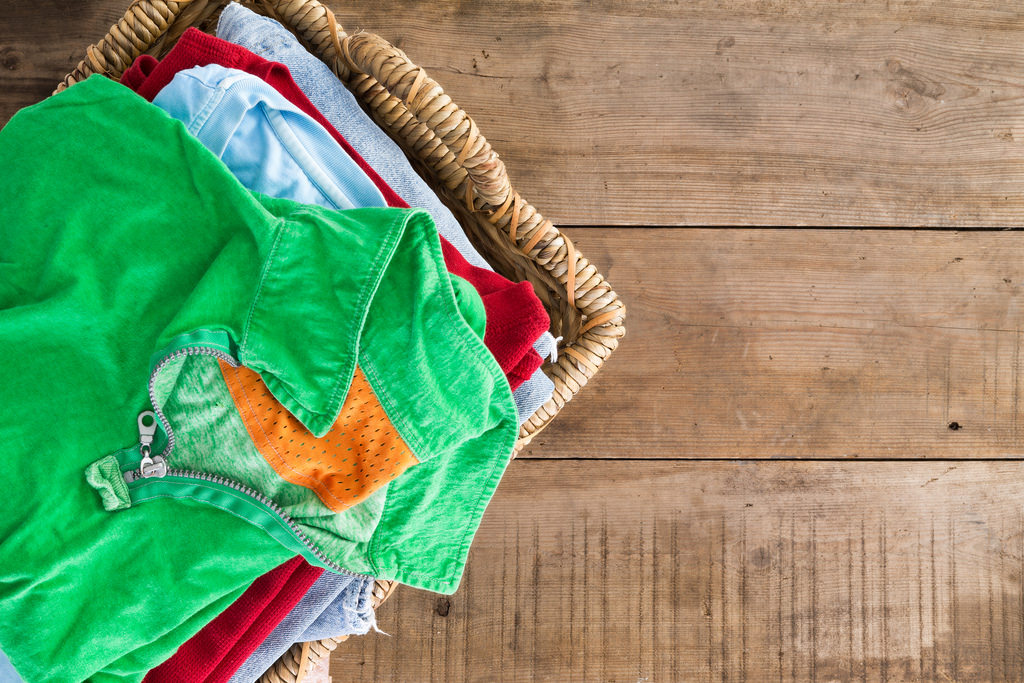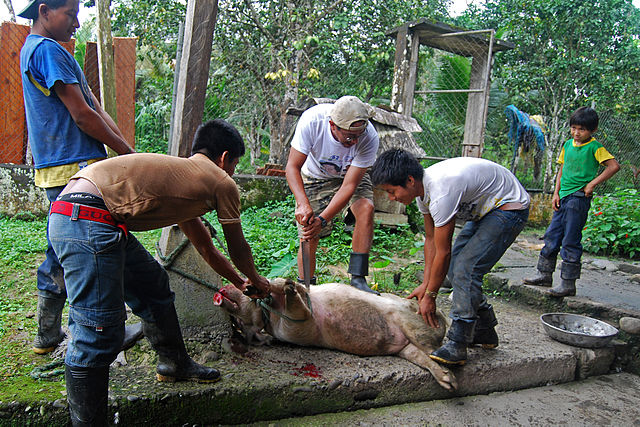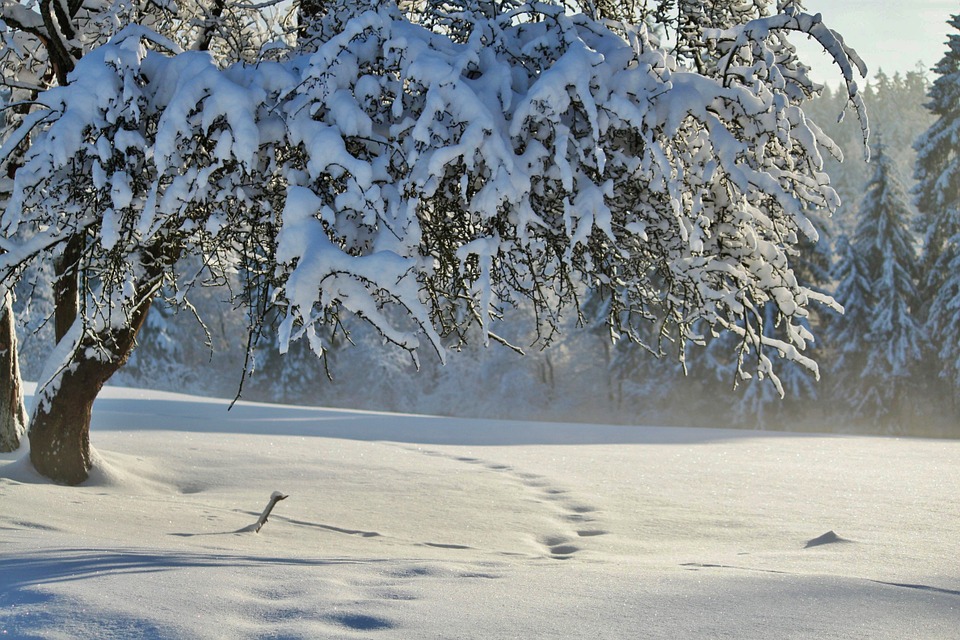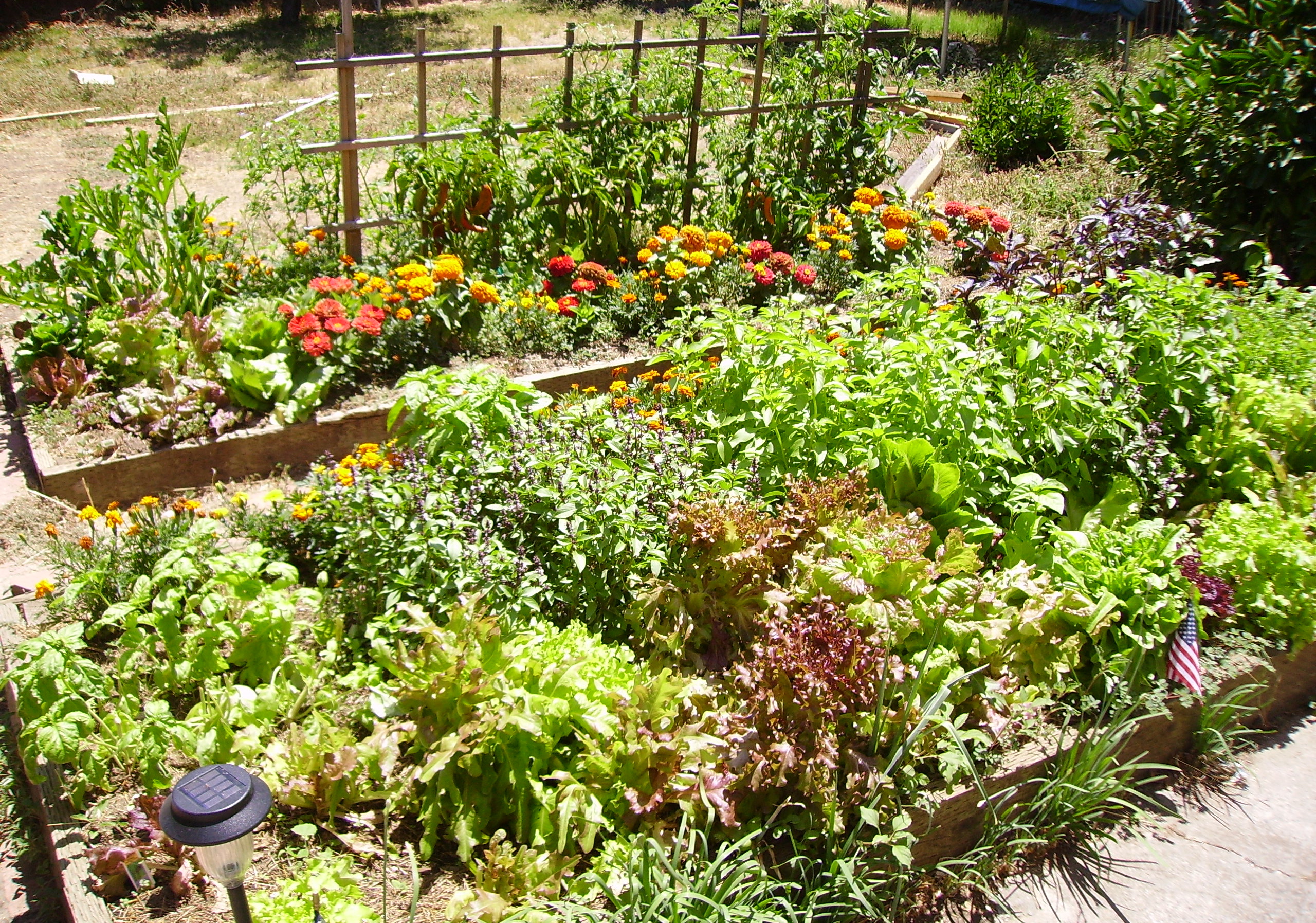All About Alpacas
Finances can be a determining factor in the success or failure of your homestead. Finding a way to make a living on your homestead, or better yet, through your homestead, can have you go from scraping by to rolling in money. That may sound like an exaggeration, but it’s been done before. One way is … Read more

